Rosebank Reawakened: 30 year old scar filled with gold
The decline of Rosebank announced itself first in Japan. The Lowland Single Malt Whisky was in high demand in the country of the rising sun, and all of a sudden stocks started to dwindle. A first sign of things being wrong, before the word got out. Shortly thereafter, the proprietor decided Rosebank was added to the rank of ghost distilleries, following a slew of distillery closures just 10 years before that had already swept big names. The logic behind some of the choices continue to baffle people to this day. Rosebank, justifiably called the King of the Lowlands (even though I would name her Queen, for her elegance…), was closed too, in 1993.

Rosebank has been reawakened, riding the wave of a Scotch whisky boom not seen since the late 19th century, or the 1960s at least. The Scottish company Ian MacLeod made a dream come true for many hardcore whisky enthusiasts. I count myself as one of them. Rosebank was still widely available, admittedly via independent bottlers like Signatory and Cadenhead, when I started out in my whisky passion. I drank it when it was relatively young, middle aged and ultimately older ones that were just baffling in quality. Or just right up my alley, taste wise. When the distillery announced that tours were going online in the Summer of 2024, I started making plans. Sadly, a short term plan did not go through, but I loved the alternative: a few days of Edinburgh and then a visit to Rosebank on my birthday on the 30th of December. On a typically Scottish day, where the rain flew by horizontally instead of falling vertically, we arrived at the beautiful location in Falkirk. The Forthy & Clyde Canal being as grey as the sky above, and the newly constructed buildings standing out in the Camelon region as a shining jewel. I fell in love all over again.
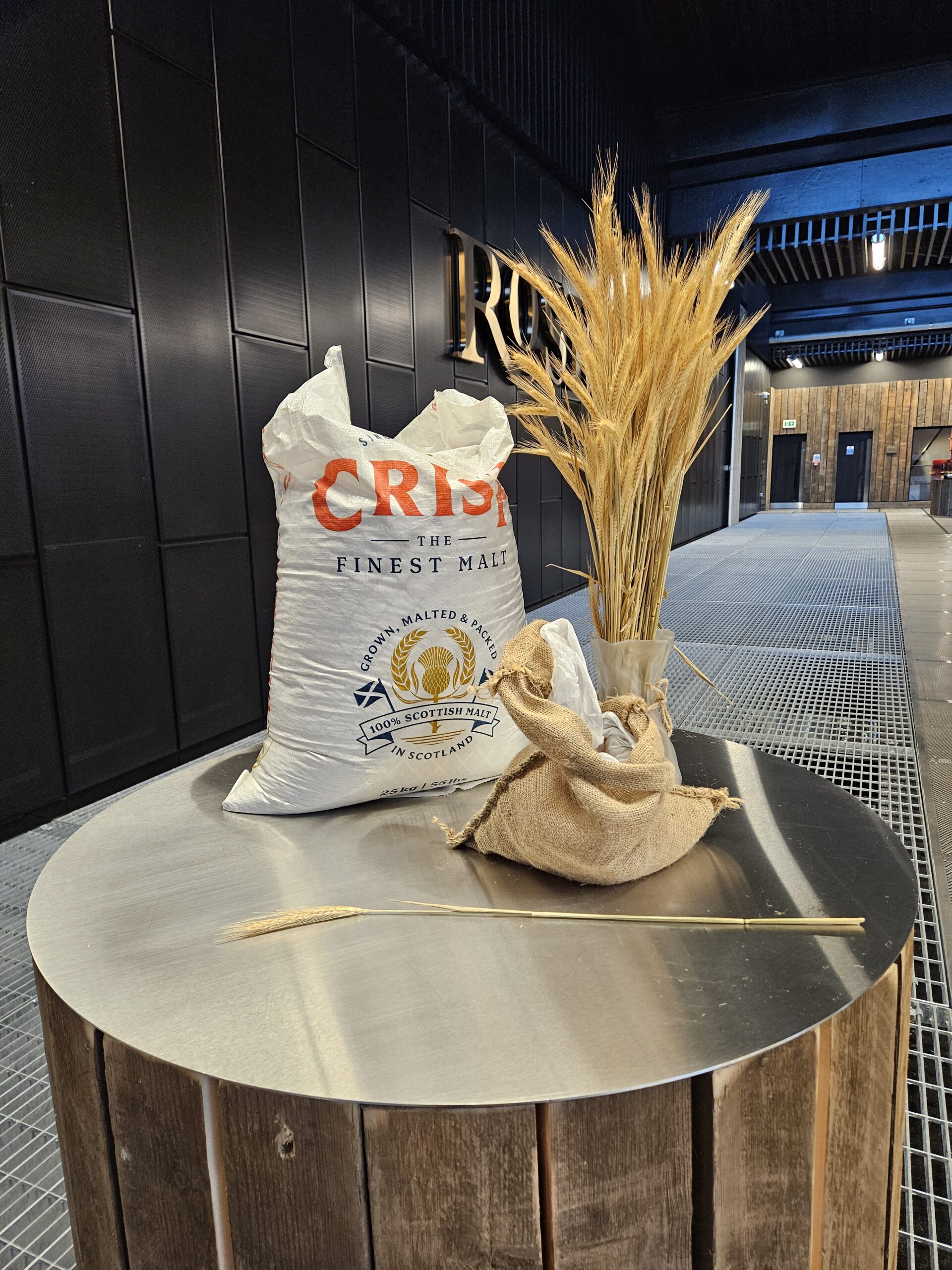
Tears in my eyes
The distillery tour under the care of our guide Lex started with a video. I feared it would turn out to be some kind of tourist trap by now, but instead I found my eyes tearing up. What we saw was not a simple video, but the history of Rosebank projected onto the wall of one of the old maturation warehouses (one of the few remaining original buildings on site). And yes, all of a sudden we see James Rankin walking through the ages from the moment in 1840 he started the distillery. The style of the video is very reminiscent of the beautiful intermezzo sequence “The Tale of the Three Brothers” from the movie Harry Potter and the Deathly Hallows. There is a sequence in the Rosebank video where the 30 year gap between 1993 and the reawakening of the distillery is beautifully captured, as if the maker of the art also was a fervent Rosebank drinker. Well done!
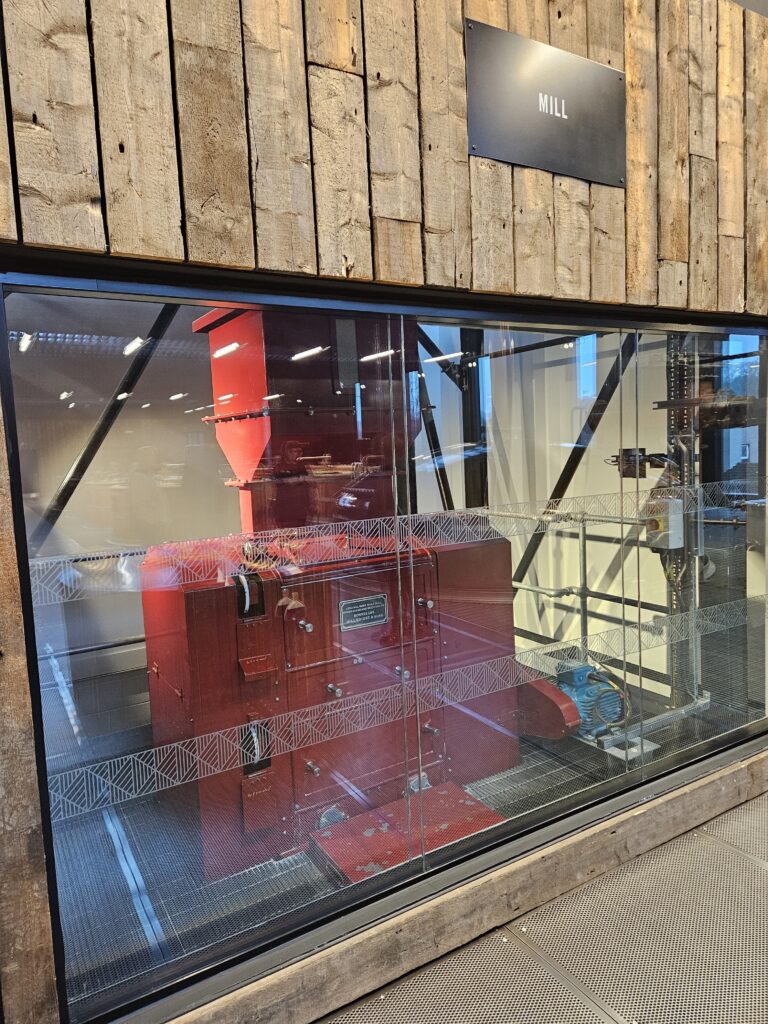
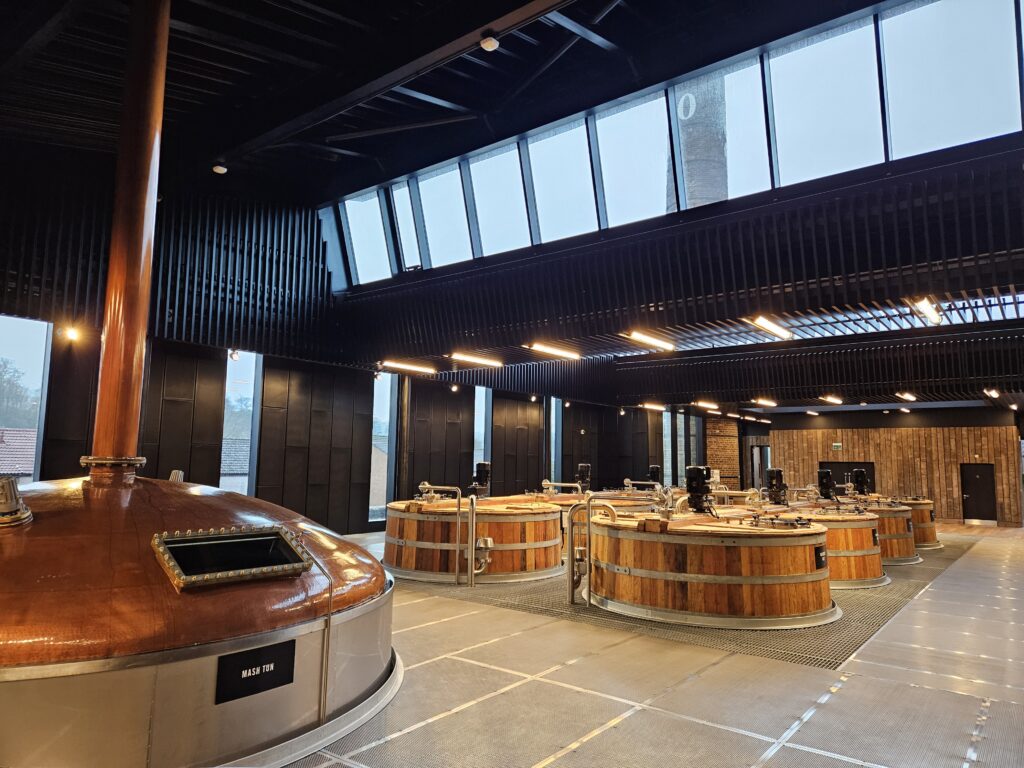
There is not much variation in how you can tour a distillery, and Rosebank did not invent a new way either. That is fine as it is. After the initial video presentation we walked into the distillery, where all equipment to create the Rosebank new make spirit is visible almost in one view. The building housing the mill, mash tun, washbacks and stills does seem to be created around an inner yard that has the three towering wormtubs in it. I had to resist sticking my nose against the windows and just gasp in awe of them. First things first. We turned a corner and got a full view of the wash backs. In the background in big letters the word ROSEBANK on the wall. Of course we took a portrait with that. The mill is one of the highlights of the tour. This is a piece of original equipment. You know the stories with these mills; they were so decent that the producer went out of business since he sold the product only once. And then to think Rosebank’s Boby mill was already a ‘hand-me-down’ mill from the Port Ellen Distillery on Islay, hundred years ago. Placed behind glass, you can see it is a precious part of history.
Old-fashioned and modern
Rosebank choose to once again put wooden washbacks into place. The belief is that this creates the best results for what the team is looking for. The modern equipment on top of the wooden tops makes for a nice contrast. These tools help Rosebank being as environmentally friendly as possible. Talking about vapours rising from the production area; the big landmark chimney is also still there. Out of commission, but integrated halfway into the building. It is said that this pleased the people of Camelon/Falkirk immensely. People petitioned against demolition in the past. We gave the chimney a proper hug, as is normal to do, apparently. Tour guide Lex told us stories of people passing through the distillery with stories of the past, told by relatives, friends or themselves having a strong connection. One charming story was about kids swimming in the canal when warm process water was released onto it from the distillery. It must have made for a pleasant dip! Rosebank is more than just a distillery. Whisky is more than just a drink. It is about community, ties to the past, roots to where you come from.
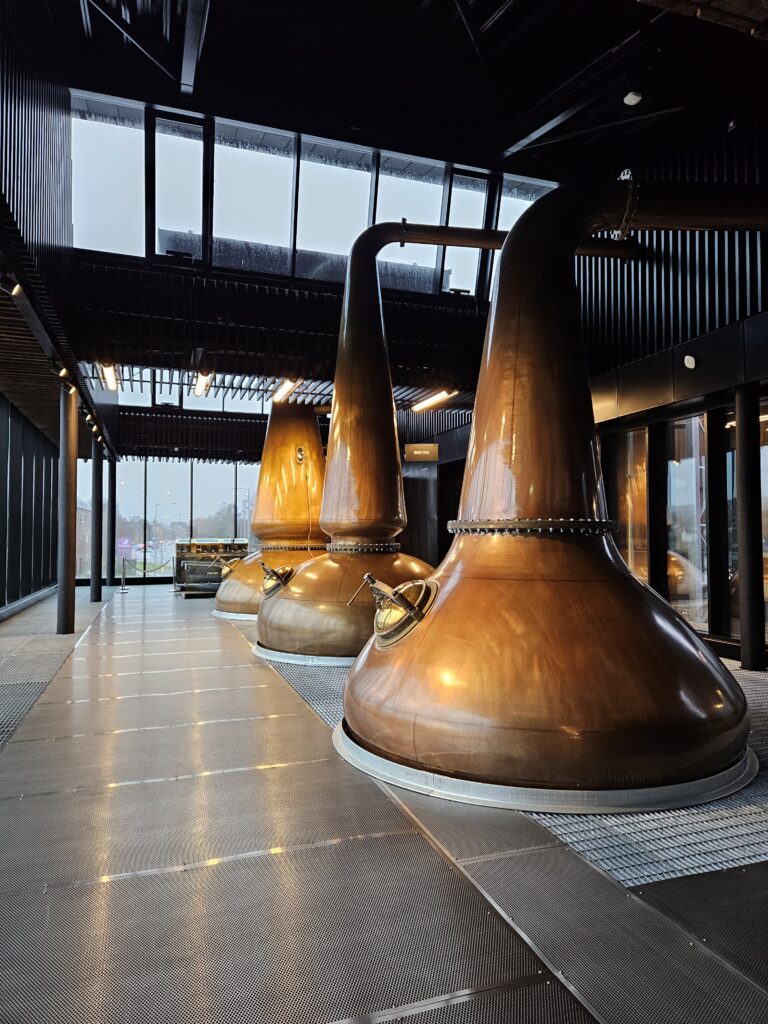
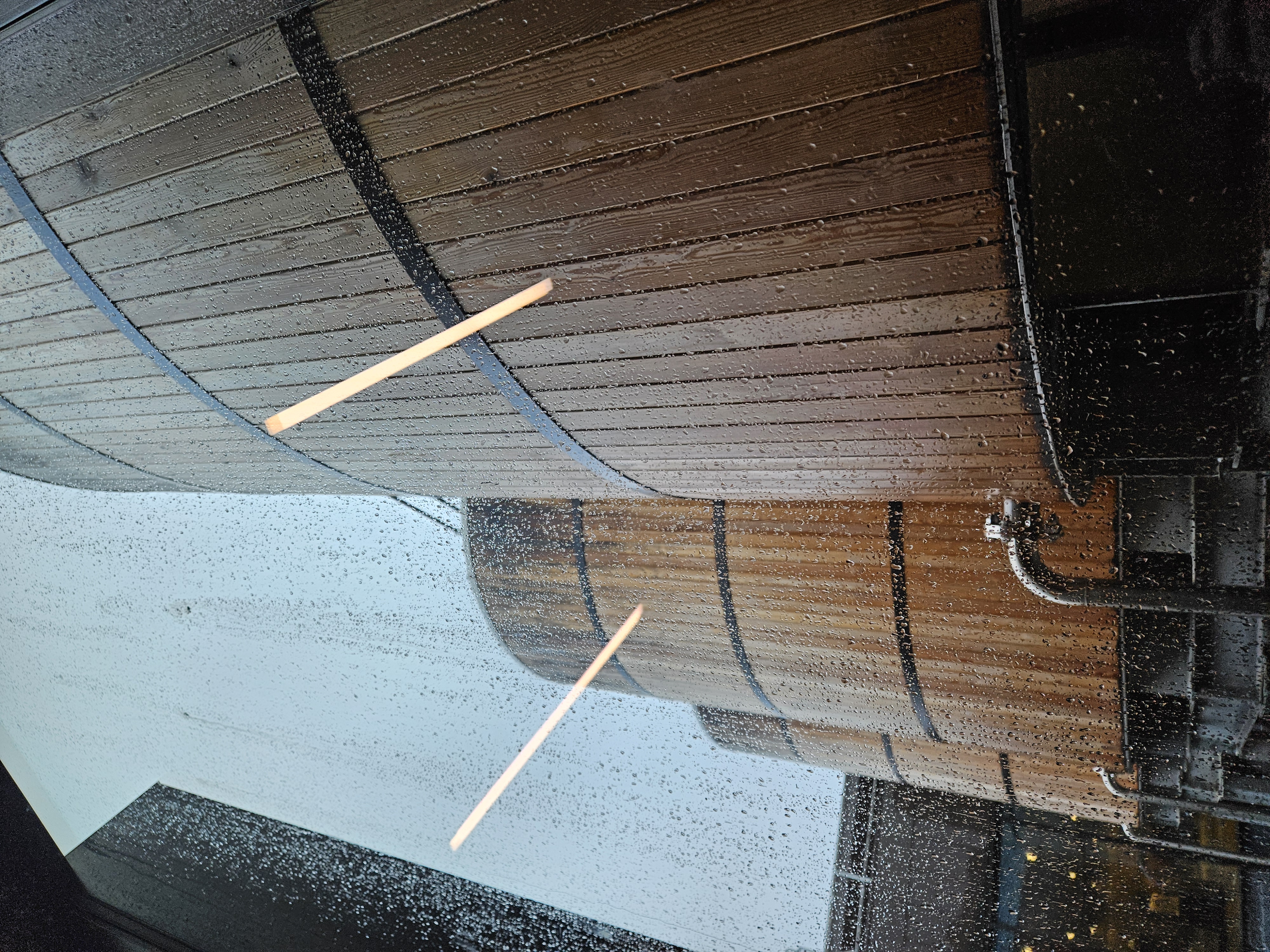
The stillhouse was an impressive part of the tour. The stills are the same shape as the original three, that were once stolen, but they are some 30 % bigger in size now. The aim is to produce about 1 million litres per year, with there being no idea yet about what the standard age and expression of Rosebank will be when it hits the shelves. I have high hopes for an 8 year old, which was an age that the distillate would really shine on. We will taste one example down below. Slowly we neared the end of our tour though. We pass the wormtubs once again, making Rosebank one of the most contradicting malts produced in Scotland. With triple distillation, the aim is to get a very pure spirit. Running it through wormtubs however makes for a more heavy style. This contradicting practice must be the explanation for Rosebank’s unique style. Good cask management does the rest. At the end of the tour, there is a tasting of not only a very old Rosebank, but also Tamdhu and Glengoyne, which are also owned by Ian MacLeod. The ideal benefit of this, is that Rosebank will have access to excellent sherry casks too.
Casks with history
Rosebank has stashed only about a 100 casks on location, including the very first cask being filled after the reopening of the distillery. Standing there, in a dark sanctuary, smelling the maturing spirit, you feel past, present and future come together. We were told of the ties between the Ian MacLeod family and Rosebank, amidst authentic materials salvaged from the old buildings. It seems that one of the first orders that the Ian MacLeod company as merchants did, was this and that whisky, but almost half of their total order was casks of Rosebank. A strong belief in the quality of the whisky, renewed just a few years ago with reawakening a king. We must mention here the work of Distillery Manager Malcon Rennie, who performed wonders before on distilleries like Kilchoman and Annadale. We understand his job at Rosebank is done, and he will be moving on to Islay once more to oversee the finishing touches on the new Islay distillery Laggan Bay.
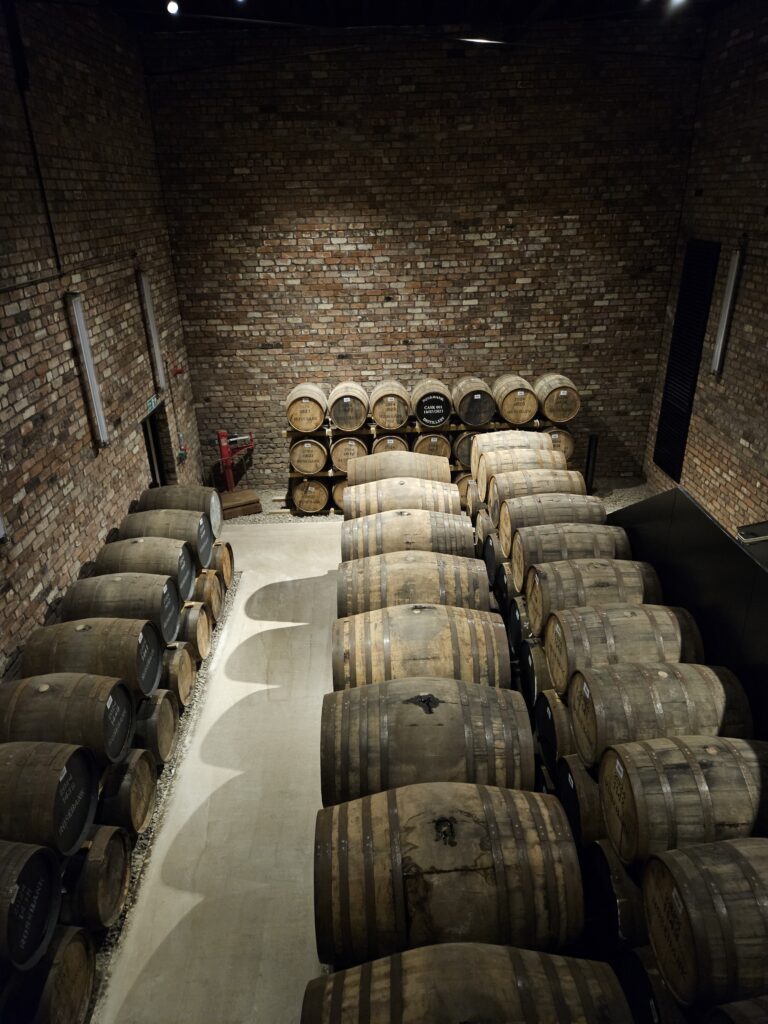
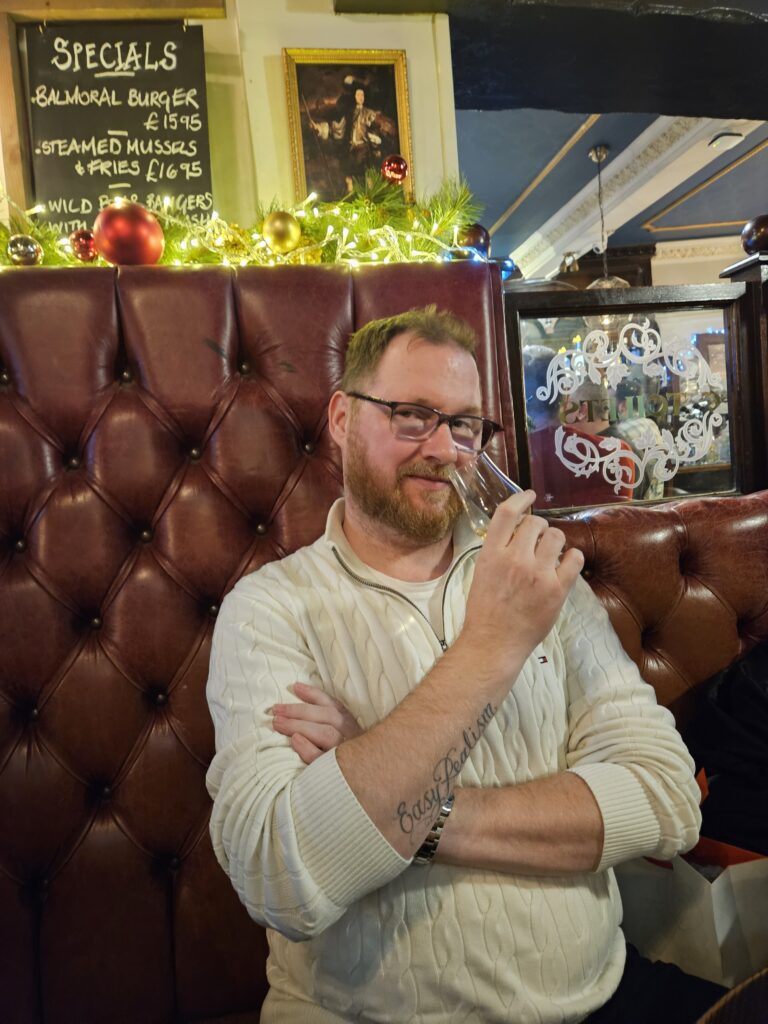
Later that night, having a haggis snack in The Malt Shovel in Edinburgh, still reliving the tasting of the 1993 vintage Rosebank that was part of the deal, we also order a Glenkinchie. This was the malt that was chosen into the Classic Malts range, decades ago already, and sealed the deal on Rosebank’s demise. While I taste it, I ponder about an alternative universe where both distilleries were allowed to thrive. On the other hand, Rosebank is alive again, and has a history with a scar now. And you know, in Japan, the kintsugi art of mending cracks with gold adds value. Rosebank will stride towards a golden future, no doubt.
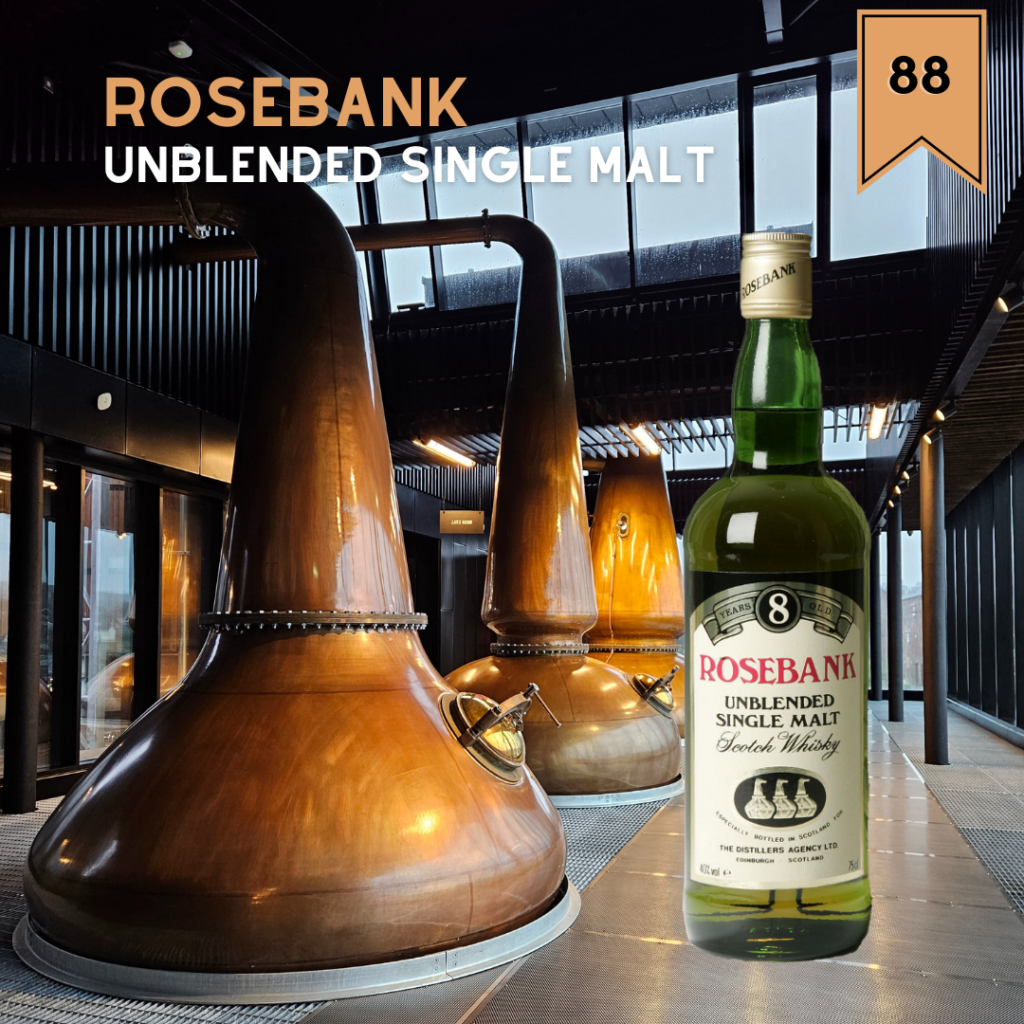
Rosebank Unblended Single Malt, 8 years old, bottled at 40 % abv
First things first: No information on the cask recipe for this one. The label carries the name of The Distillers Agency Ltd. Bottled in the 1980s and closed with a screwcap. Three stills on the label.
Upon Sipping: I let it breathe for a while. It started out with the typical floral note that has been dipped in candle wax, but after a few minutes the nose turns more industrial. There might also be some influence from being closed up in glass for some 40 years. Nevertheless, the fragrant power of this Rosebank is enormous, so talkative and alive. We have already tasted the spirit that the new Rosebank released, and this actually has the same exuberance. Underneath the oily layers we detect some soft orange fruits, mostly tangerine. The palate offers a slight metallic hint at first, which I suspect comes from the preservation of this bottle (or lack thereof). I added some water to ‘wash off’ the dirty notes, and that works like a charm. Moreover, 40 % abv in the 1980s was something else entirely compared to nowadays’ 40 % abv expressions.
The aroma turns towards honey and beeswax, apples and warm apple pie, also some orange zest. Very complex at 8 years of age, but in those days older casks might have wound up in the mix too, and it would not surprise me if that happened here. The taste is close to ingredients you can also find in botanical gin. Herbs, spices, strong floral notes. It is indeed this unique style of light notes mixed with a dark soul that makes Rosebank stand out in the crowd.
Word to the Wise: An expression that suffers a bit from Old Bottle Effect (OBE) but that is washed away easily with a tiny drop of water. Then it blooms like roses on the canal shore, I am sure. If the new Rosebank can use this 8 year old as a stepping stone, we are in for a treat around 2030.
Score: 88 points.
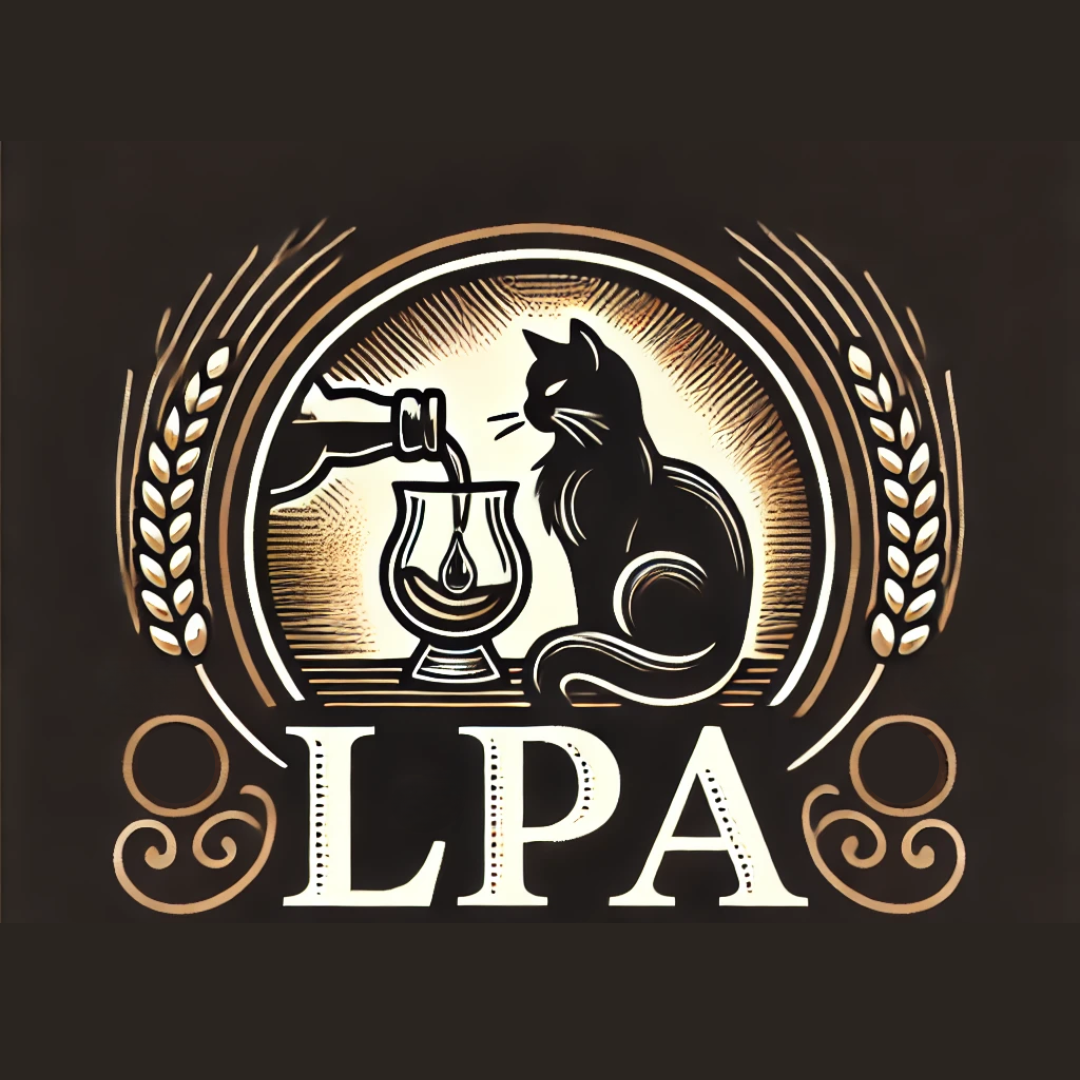
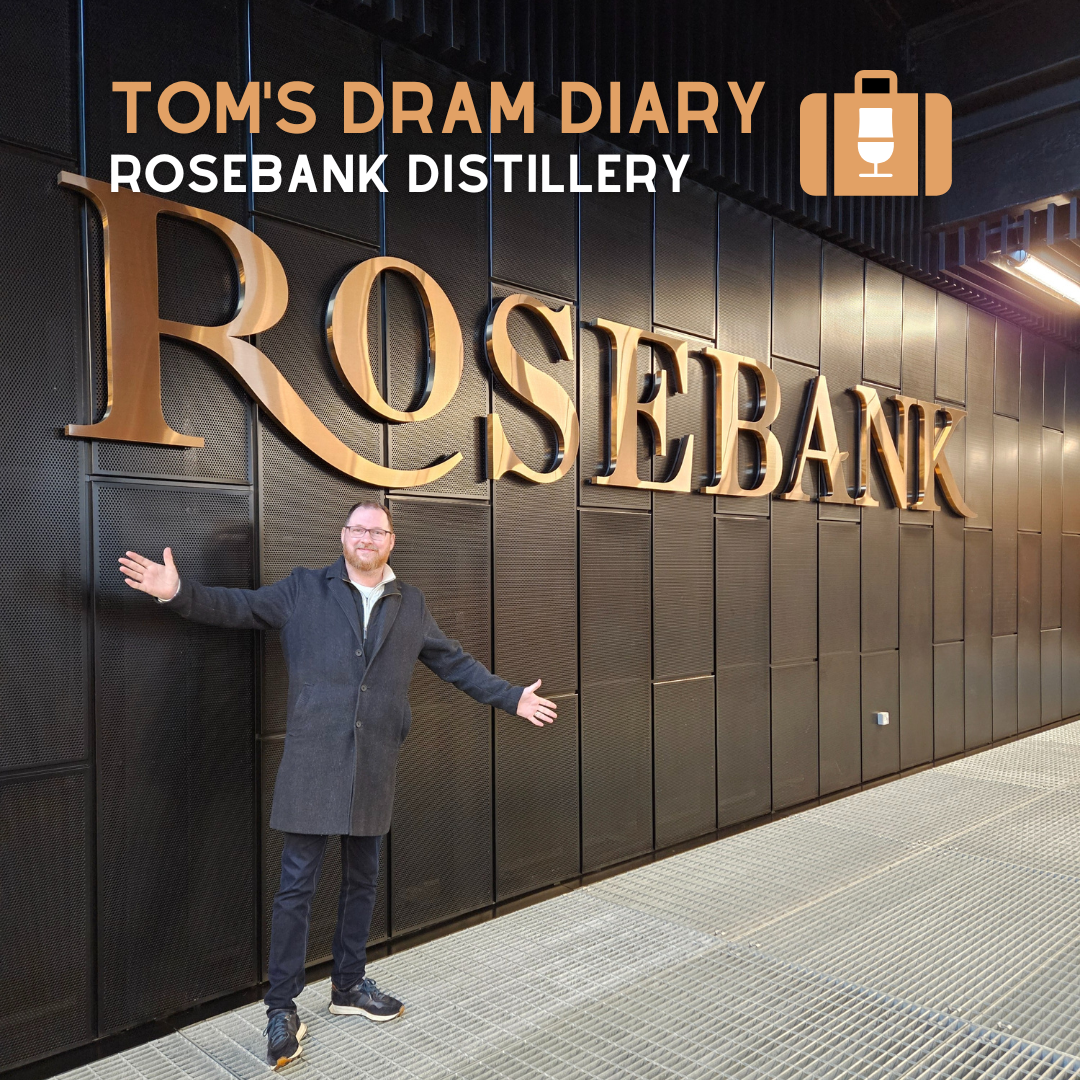
Geef een reactie